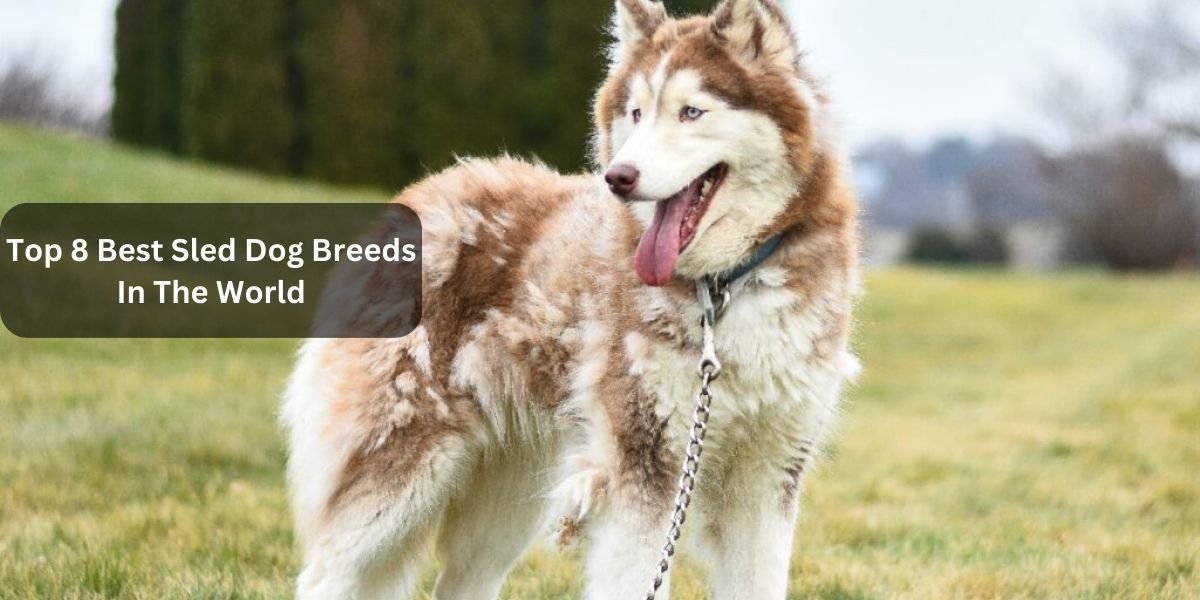Introduction:
Sled dogs, with their exceptional strength, endurance, and teamwork, play a crucial role in various cold climates, pulling sleds across vast snowy landscapes. In this guide, we’ll explore the top eight best sled dog breeds known for their resilience, stamina, and cooperative spirit, making them essential companions for mushers and adventurers alike.
The Powerhouses of the Cold Frontier
In the frozen landscapes of the Arctic and subarctic regions, certain dog breeds shine as unparalleled sled dogs. Let’s delve into the top eight breeds renowned for their abilities to conquer snowy terrains and pull sleds with impressive strength and determination.
Siberian Husky – The Iconic Arctic Athlete

The Siberian Husky is perhaps the most iconic sled dog, known for its striking appearance and exceptional endurance. These dogs are highly adaptable to harsh climates, possess a thick double coat, and excel in long-distance sled races.
Alaskan Malamute – The Arctic Freight-Hauler
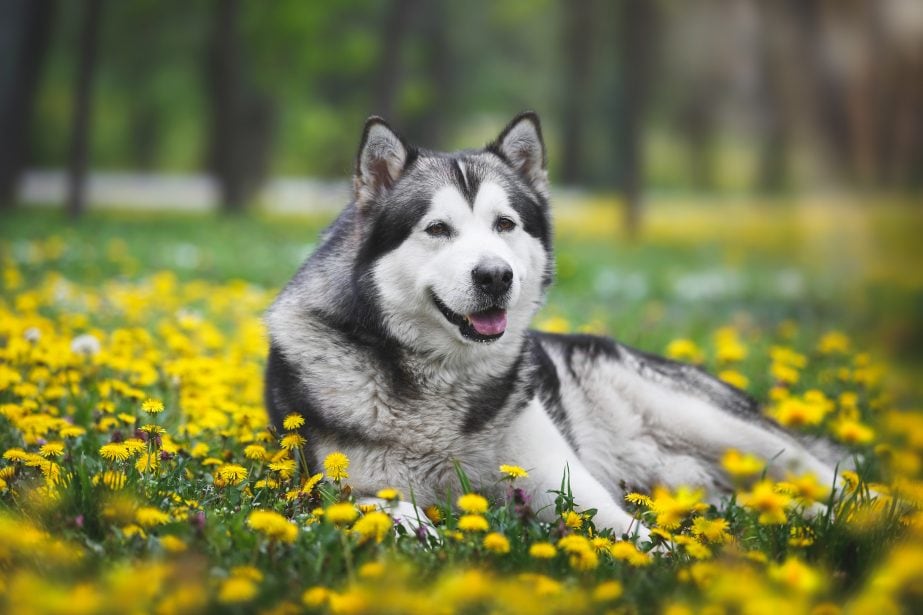
The Alaskan Malamute, bred for heavy hauling in the Arctic, is a powerful and sturdy sled dog. With a robust build and a dense coat, Malamutes are known for their strength and ability to pull heavy loads over long distances.
Samoyed – The Smiling Sled Companion
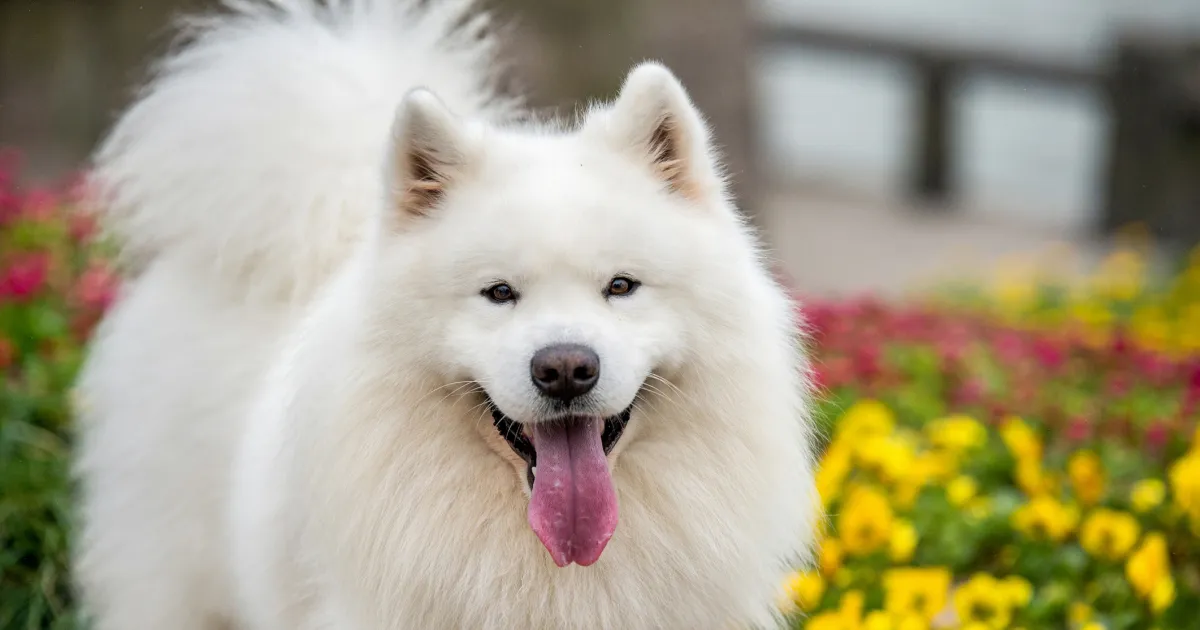
The Samoyed, with its characteristic “Sammy smile,” is a versatile sled dog breed originating from Siberia. Known for their friendly demeanor and endurance, Samoyeds have historically been used for pulling sleds and herding reindeer.
Greenland Dog – The Arctic Worker

The Greenland Dog, originating from Greenland, is a robust sled dog breed built for endurance and strength. Used by indigenous people for various tasks, these dogs are well-suited for the demanding conditions of the Arctic.
Canadian Eskimo Dog – The Northern Athlete

The Canadian Eskimo Dog, native to the Arctic, is a resilient and powerful sled dog breed. With a thick double coat and a strong build, these dogs have been used for centuries by the Inuit for pulling sleds and assisting in hunting.
Chinook – The New England Sled Dog
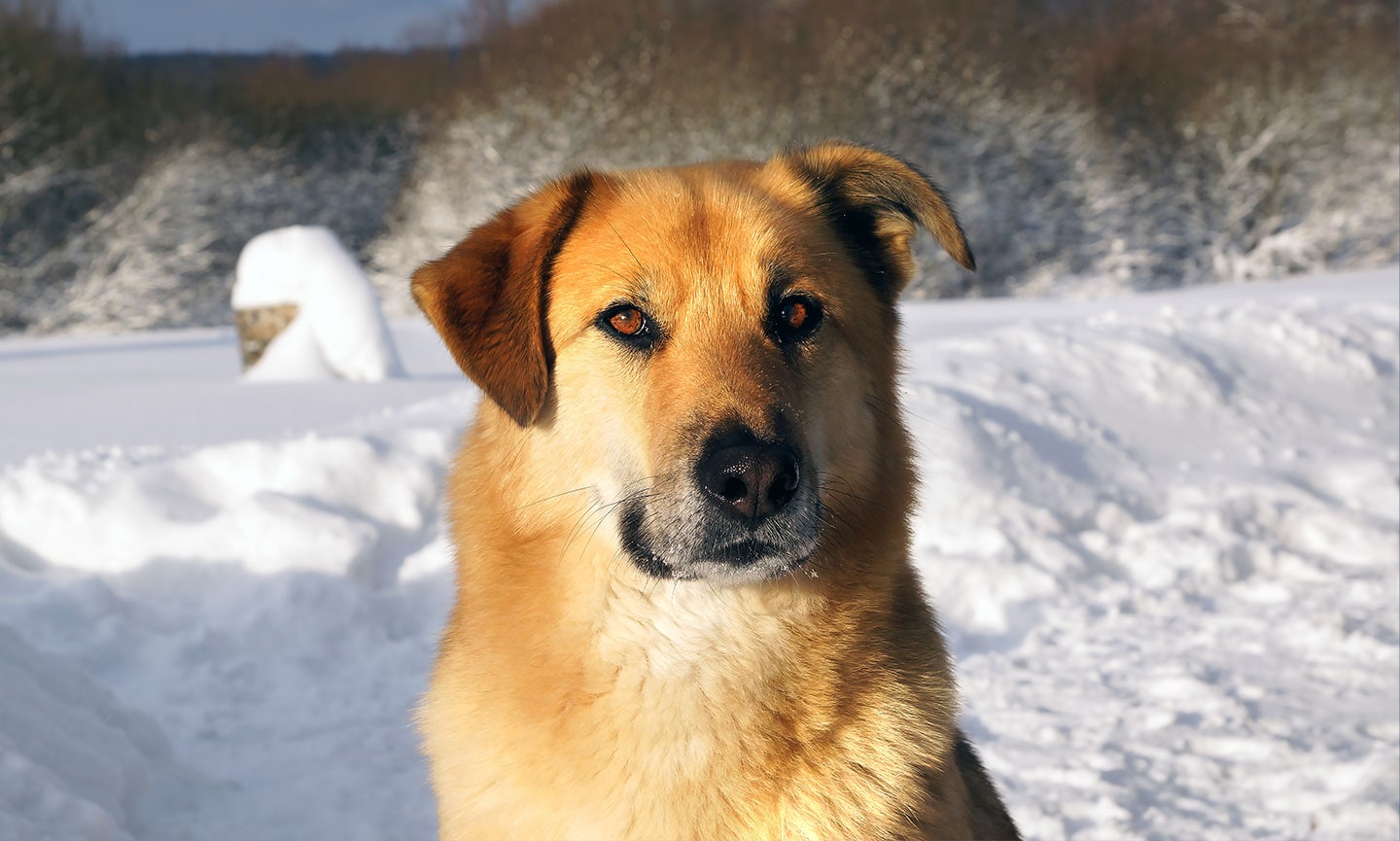
The Chinook, developed in New Hampshire in the early 20th century, is a rare sled dog breed known for its strength and friendly disposition. These dogs excel in pulling heavy loads and have been utilized in Arctic and Antarctic expeditions.
Eurohound – The Crossbred Speedster

Eurohounds are a hybrid sled dog breed resulting from the crossbreeding of Alaskan Huskies and various pointer breeds. Known for their speed and agility, Eurohounds are favored in competitive sled dog racing, combining endurance with a racing spirit.
Seppala Siberian Sleddog – The Endurance Specialist
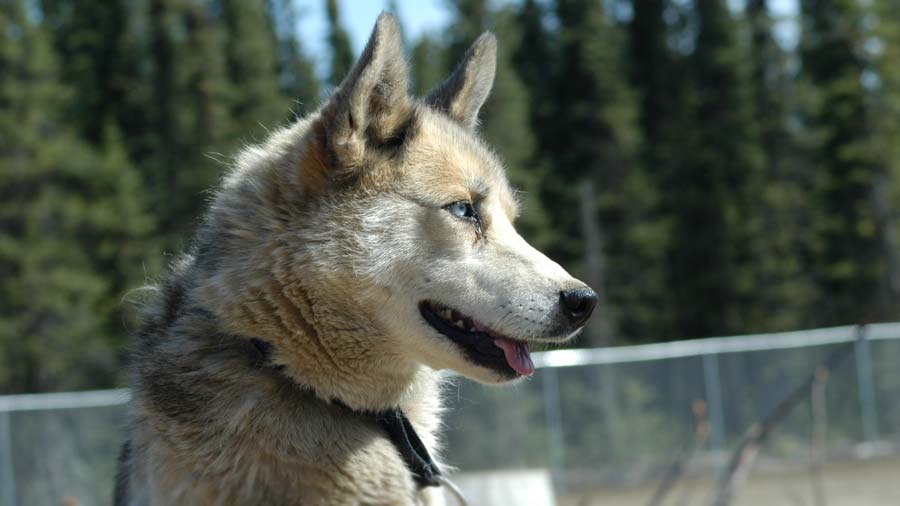
Named after the famous musher Leonhard Seppala, this breed is a specialized Siberian Husky developed for endurance racing. Seppala Siberian Sleddogs are known for their stamina, speed, and resilience in long-distance races.
Conclusion:
These eight sled dog breeds represent the pinnacle of strength, endurance, and teamwork, making them invaluable partners in navigating the challenging landscapes of the Arctic and subarctic regions. Whether participating in traditional sled dog races, expeditions, or assisting in daily tasks, these breeds showcase the remarkable bond between humans and their four-legged companions in the harshest environments.
FAQs:
Q1: Can these sled dog breeds adapt to warmer climates?
A1: While these breeds are well-adapted to cold climates, they may struggle in consistently warm or hot environments. Their thick double coats can lead to overheating. It’s essential to consider their needs and provide appropriate care in warmer conditions.
Q2: Are these sled dog breeds suitable as family pets?
A2: Many of these sled dog breeds can make excellent family pets, but they require proper training, socialization, and ample exercise. It’s crucial to meet their physical and mental needs to ensure a harmonious relationship within a family setting.
Q3: Do all sled dog breeds have similar temperaments?
A3: While sled dog breeds share certain traits such as endurance and resilience, individual temperaments can vary. Some breeds, like Siberian Huskies, are known for their sociable and friendly nature, while others, like the Greenland Dog, may be more independent and reserved.
Q4: How do you train sled dogs?
A4: Sled dogs are trained through positive reinforcement, consistency, and building a strong bond with their musher. Training involves commands for starting, stopping, turning, and responding to various cues. Socialization and exposure to different environments are also crucial aspects of their training.
Q5: Can these sled dog breeds live in non-snowy regions?
A5: While these breeds are adapted to snowy environments, they can live in non-snowy regions as long as their other needs, such as proper exercise, cooling in warmer weather, and mental stimulation, are met. Their double coats may require grooming to manage shedding.
